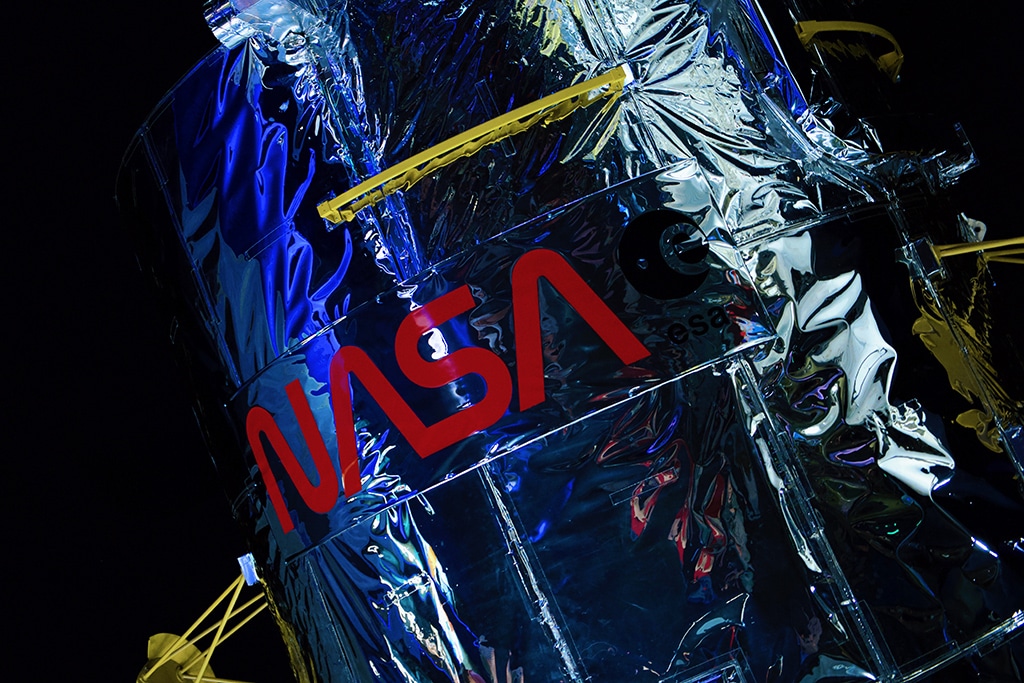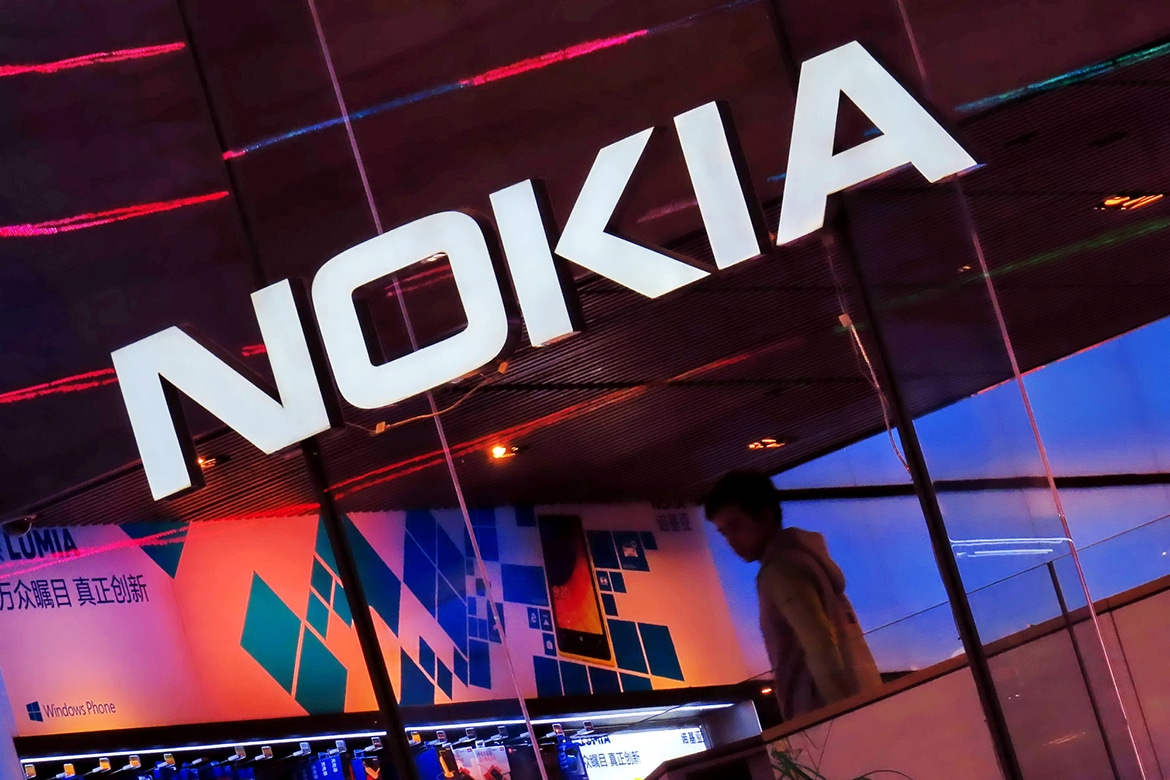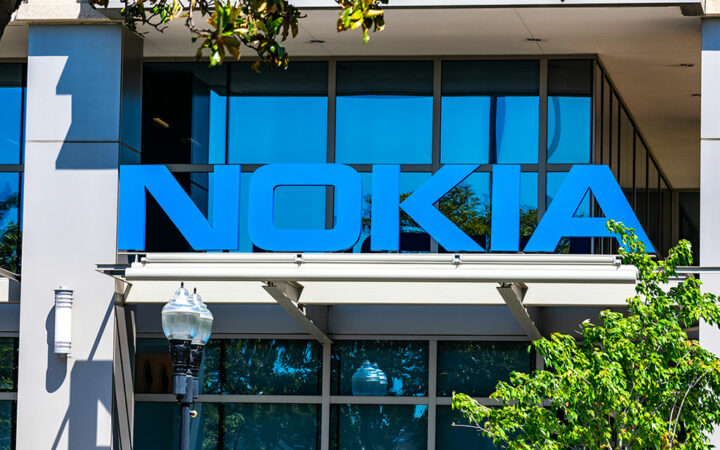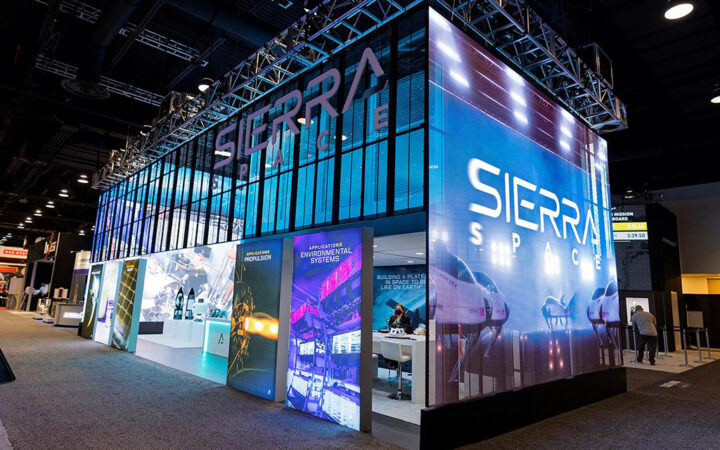
Darya is a crypto enthusiast who strongly believes in the future of blockchain. Being a hospitality professional, she is interested in finding the ways blockchain can change different industries and bring our life to a different level.
For the 4G project, Nokia Bell Labs received a $14.1 million grant from NASA. It is also collaborating with Texas-based Intuitive Machines that NASA has chosen to build a small “hopper lander”.

Seems like all Earth market niches are filled, and it’s time to expand in new directions. For Nokia (NYSE: NOK), the Finnish telecommunications equipment maker, there is such an opportunity. The National Aeronautics and Space Administration (NASA) has chosen Nokia to build the first-ever 4G cellular network on the Moon.
According to the press release, the Nokia Bell Labs division is planning to build and deploy the first ultra-compact, low-power, space-hardened, end-to-end LTE solution on the Moon by late 2022. The company has chosen the 4G network as more reliable and trustworthy. Besides, it “ideally suits for providing wireless connectivity for any activity that astronauts need to carry out”. But in the future, Nokia may update it to faster 5G.
Nokia CTO Marcus Weldon commented:
“Leveraging our rich and successful history in space technologies, from pioneering satellite communication to discovering the cosmic microwave background radiation produced by the Big Bang, we are now building the first ever cellular communications network on the Moon. Reliable, resilient and high-capacity communications networks will be key to supporting sustainable human presence on the lunar surface.”
For the 4G project, Nokia Bell Labs received a $14.1 million grant from NASA. It is also collaborating with Texas-based Intuitive Machines that NASA has chosen to build a small “hopper lander”. It will access lunar craters as well as carry out high-resolution surveys of the lunar surface over a short distance.
Back in May 2019, NASA announced a new Artemis program that aims to land “the first woman and the next man” on the Moon. The program is an effort to place astronauts on the lunar surface and develop an ongoing presence there. To provide technology for the Artemis moon-landing program, NASA has awarded $370 million to 14 companies. Among them are the European Space Agency (ESA), the Japan Aerospace Exploration Agency (JAXA), Canadian Space Agency (CSA), the Italian Space Agency (ASI), the Australian Space Agency (ASA), the UK Space Agency (UKSA) and the United Arab Emirates Space Agency (UAESA).
By 2024, NASA plans to land the first woman and the next man on the moon. By 2028, it hopes to have the beginnings of a lunar base and ultimately, a sustainable human presence.
Notably, NASA’s next aim would be Mars. They will use what they learn on and around the Moon to send astronauts there.
Disclaimer: Coinspeaker is committed to providing unbiased and transparent reporting. This article aims to deliver accurate and timely information but should not be taken as financial or investment advice. Since market conditions can change rapidly, we encourage you to verify information on your own and consult with a professional before making any decisions based on this content.

Darya is a crypto enthusiast who strongly believes in the future of blockchain. Being a hospitality professional, she is interested in finding the ways blockchain can change different industries and bring our life to a different level.




